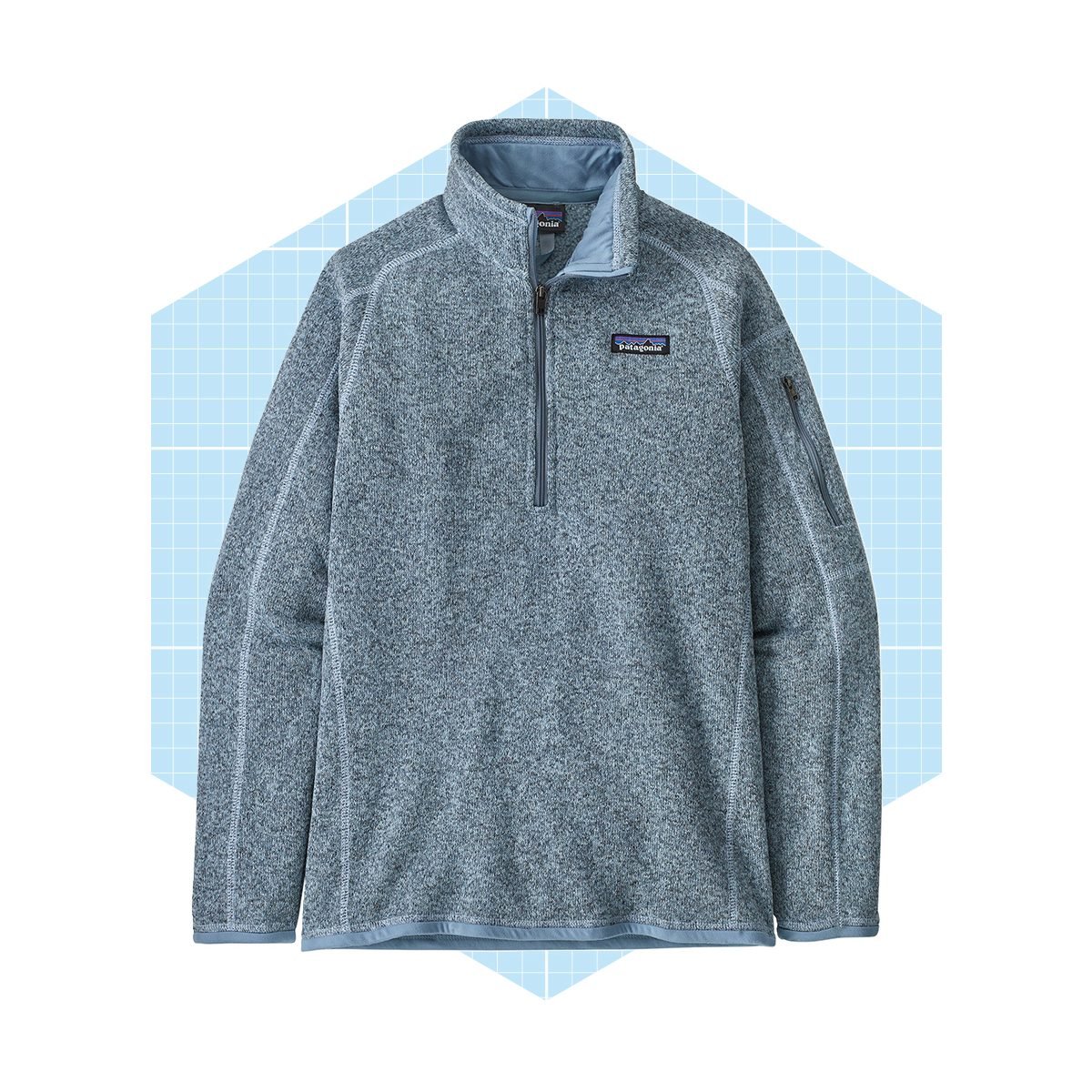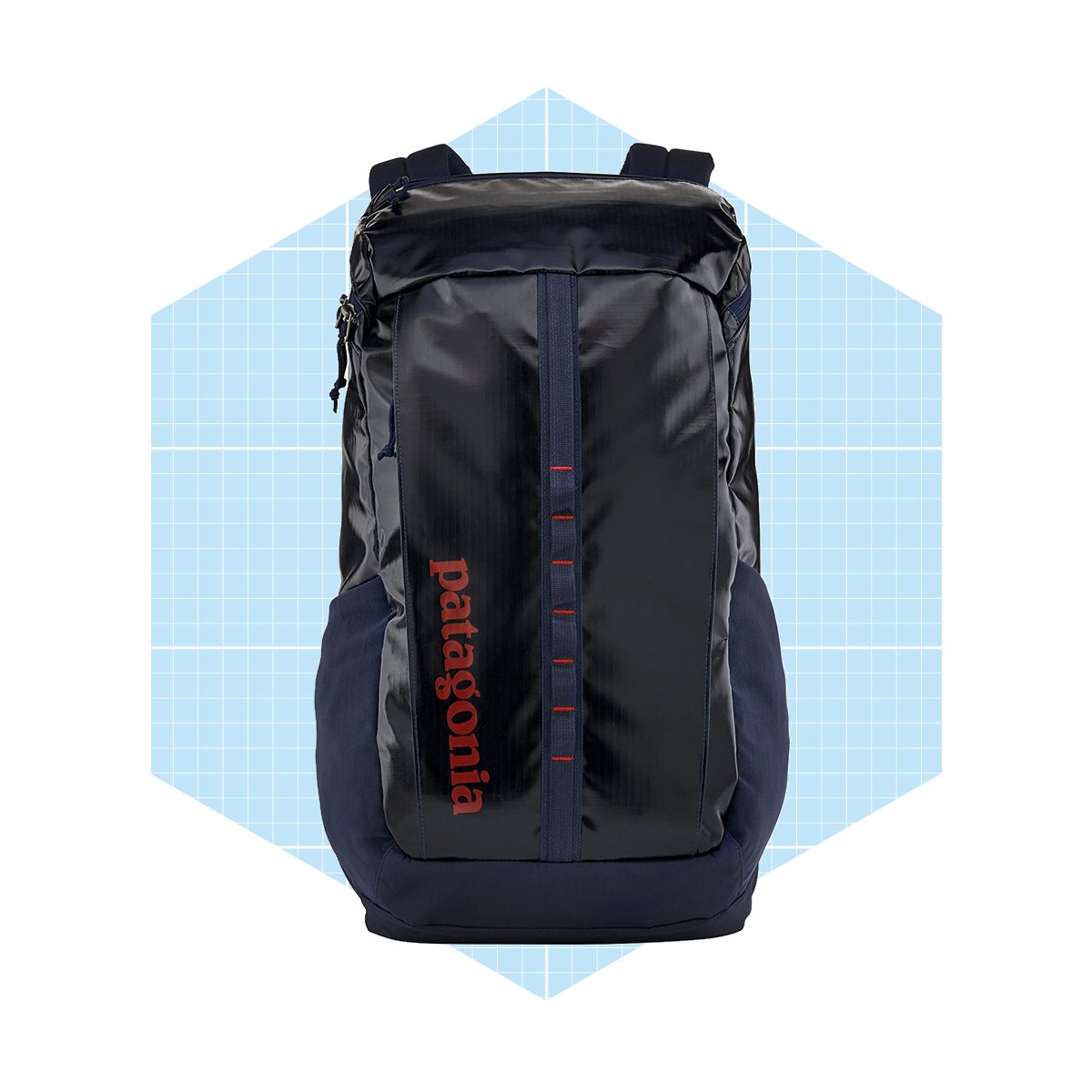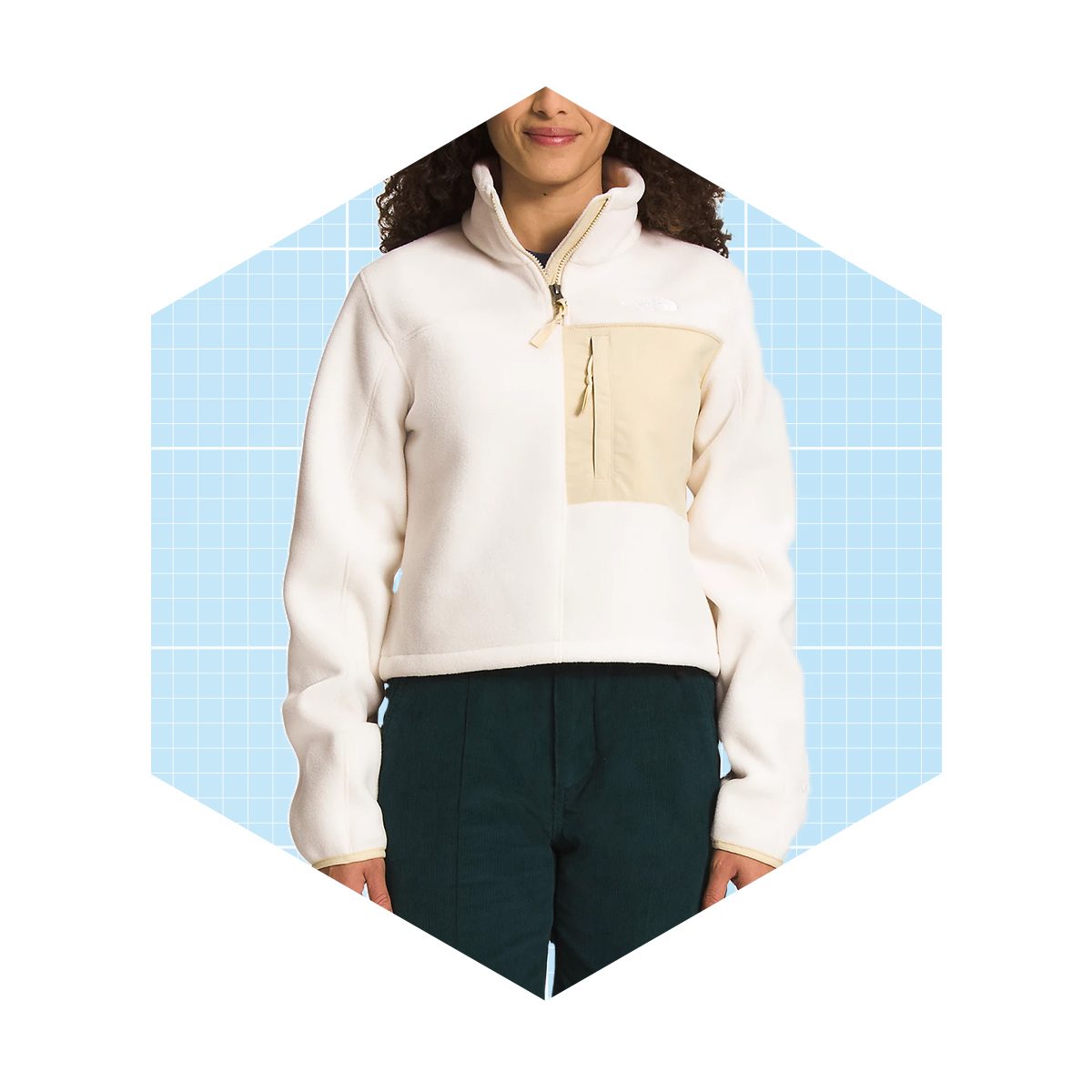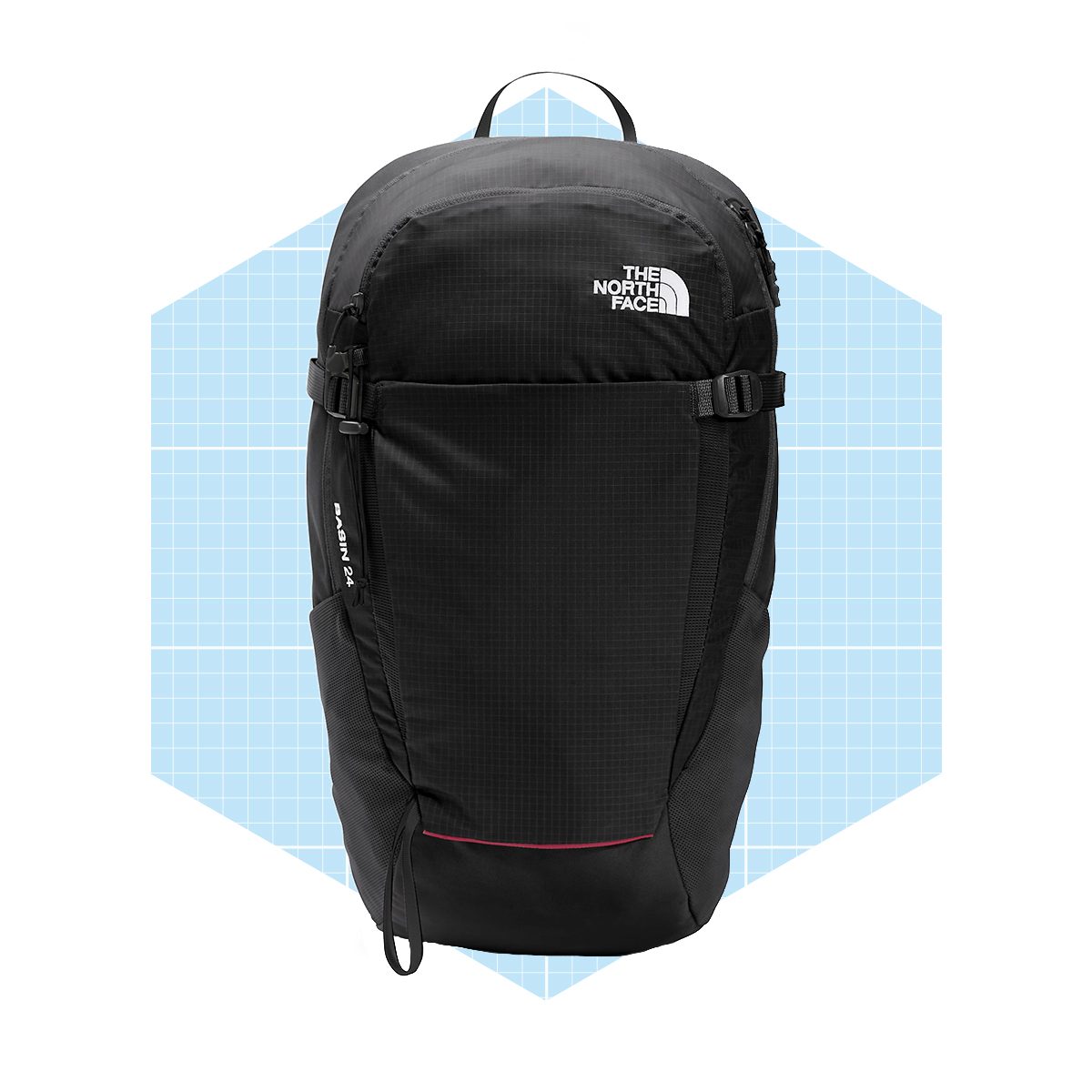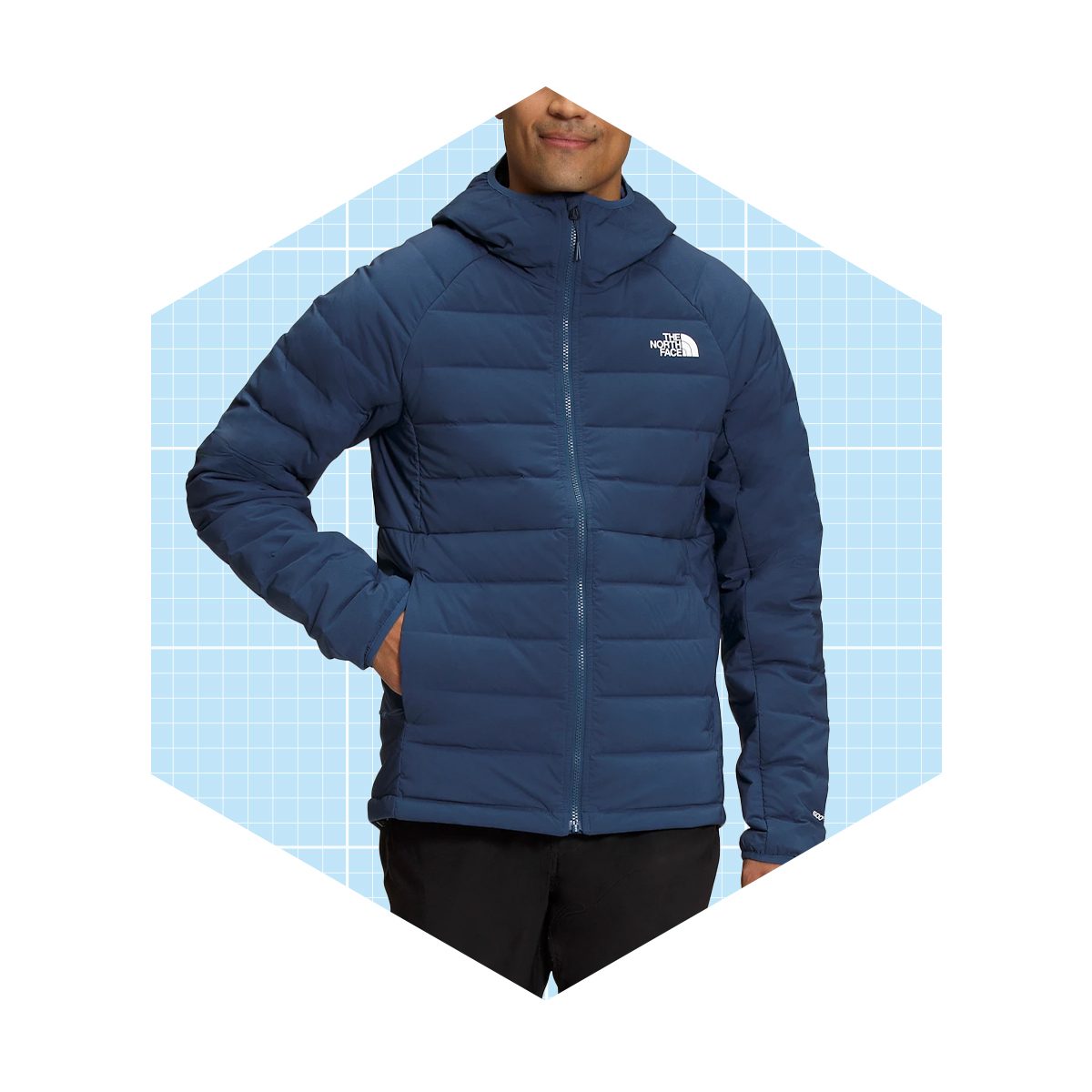Outdoor adventures are an exciting way to spend free time—and having the right gear makes those outings more enjoyable. There are several retailers selling outdoor gear, clothing and supplies. When deciding where to shop, you’ll want a brand that offers durable products made with high-quality materials. As someone who enjoys the great outdoors, you’ll also likely want to consider whether a company is environmentally-conscious.
When it comes to leading retailers of outdoor gear and clothing, two brands land at the top of any list: Patagonia and The North Face. Both brands are known for their quality goods, style and commitment to the environment.
Before you stock up for your next family camping trip, check out the perks and differences of Patagonia vs North Face.
What’s the Difference Between Patagonia and North Face?
Patagonia and North Face are quite similar in terms of the type of products they offer. If you’re looking for outdoor clothing like fleece jackets and snow boots, both brands sell comparable items.
However, when it comes to things like camping gear and bags, North Face offers a much wider product range. North Face also has a significantly larger product line when it comes to affordable, casual clothing. Patagonia, on the other hand, offers little in the way of cheaper, everyday attire and workwear.
Beyond product range, there are a few differences between Patagonia and North Face regarding brand history, pricing and repairs.
Patagonia vs North Face: Commitment to Environmentalism
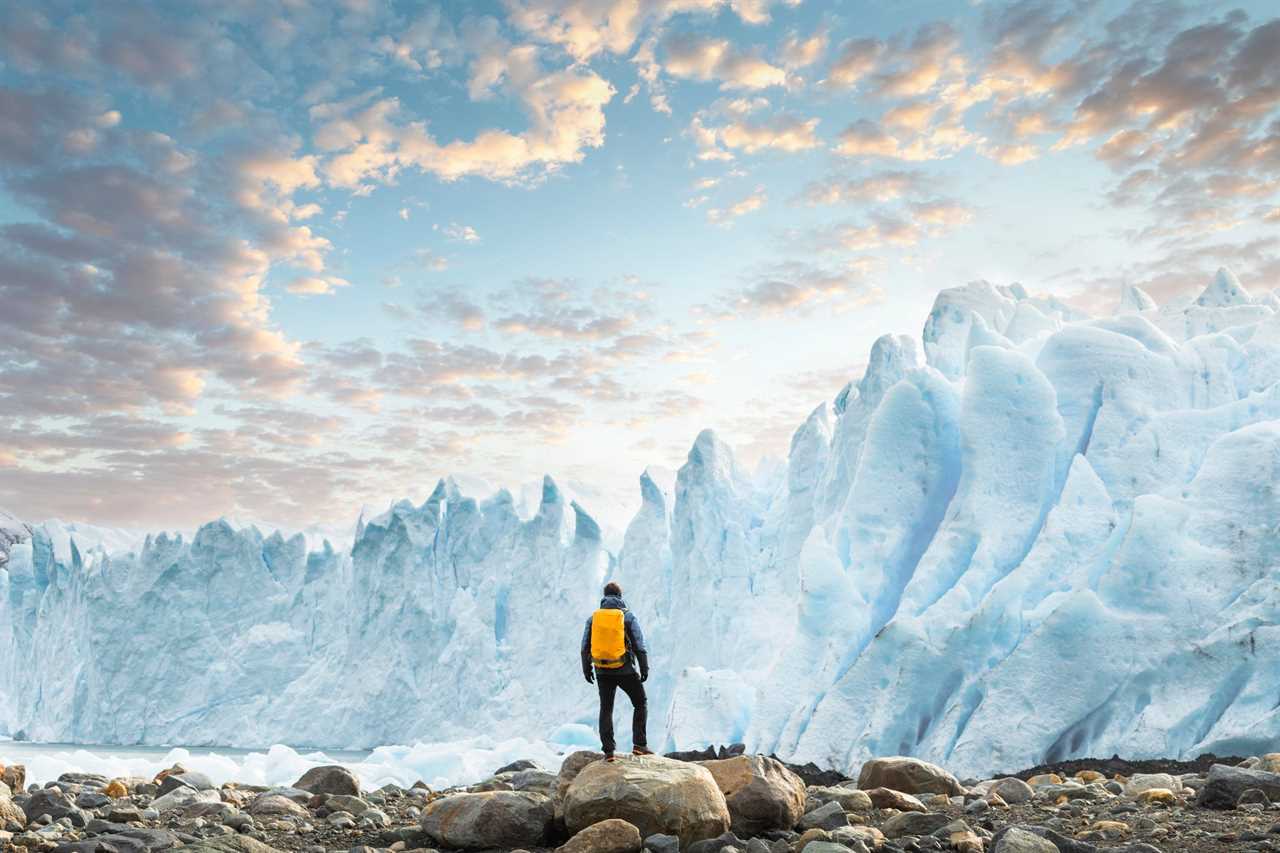
If you’re looking for a brand with a long-standing commitment to the environment and sustainability, then Patagonia fits the bill. Founded in 1973, the company has always been well-regarded for its quality goods and ethics. Today, a large portion of Patagonia products are made from recycled materials, and all of their cotton is certified by the Global Organic Textile Standard.
More than half of their fabrics are also Bluesign-certified, which means they are guaranteed to be safe for the environment, its workers and their customers. Additionally, Patagonia actively invests in environmental nonprofit organizations working to preserve the planet.
On the other hand, North Face prioritized innovation ahead of other brand concerns. It wasn’t until recently they began taking actions to become more eco-friendly. Now, North Face plans for all of their apparel to be manufactured with recycled, responsibly-sourced or renewable materials by 2025. They expect the same for footwear and equipment by 2030.
Patagonia vs North Face: Repairs and Returns
In an effort to keep clothing out of landfills, Patagonia’s Worn Wear program allows you to trade-in gently worn garb in exchange for a credit toward new purchases. You can then save money by buying this pre-loved merchandise for a discount.
The Care & Repair service brings items back to like-new condition in about 12 weeks. Repairs may not look exactly like the original product based on the materials available (different color patches on clothing, for example). But we love the way the results look—they’re kind of like a badge of honor. Plus, Patagonia doesn’t charge for most repairs!
North Face’s Renewed program is a similar concept to Patagonia’s Worn Wear initiative to reduce waste. Join North Face’s Explore Pass (their rewards program), then bring in gently-used gear to any store and receive a $10 credit. They’ll refurbish items for a new life, or recycle and donate them based on their condition. The result is the Remade collection: One-of-a-kind products creatively repaired, cleaned, inspected and certified to meet North Face’s high standards.
As far as general returns, you can receive a refund on anything purchased directly from Patagonia—both new and sale items. Items should be in new condition with the tags still attached. Returns made more than one year after the purchase date receive a Patagonia merchandise credit.
On the other hand, North Face accepts returns on un-worn products (with proof of payment) online or at retail stores within 60 days of the original purchase. Returns without a receipt receive a merchandise credit at the lowest selling price of the item.
Patagonia vs North Face: Pricing
North Face tends to be slightly more affordable than Patagonia. If budget is your main concern, you’ll want to check out North Face first. Patagonia is often more expensive because of its high-quality clothing and long-lasting products made from sustainable materials.
If you’re someone who hikes just a few times a year, you may be reluctant to spend a couple hundred dollars on a jacket. However, minimalists will love Patagonia’s lightweight and packable designs—so it might be worth the investment.
Patagonia: Some of Our Favorite Retailer Gifts
North Face: Some of Our Favorite Retailer Gifts
Patagonia vs North Face: The Bottom Line
When deciding whether to shop at Patagonia or North Face, it’s likely going to come down to personal preference. Patagonia is more known for being environmentally-conscious and eco-friendly, while North Face directs its efforts on updating and expanding their product line. Additionally, Patagonia focuses more on their product materials and durability, which is often reflected in their higher prices.
If you’re a new hiker or climber looking for gear to begin outdoor adventures, you really can’t go wrong with either brand.
Shop smarter with our expert recommendations for tools, gear and money-saving deals on can’t miss DIY and home products. Sign up for the Stuff We Love newsletter.
Did you miss our previous article...
https://rsssuperfeeds.com/life-hacks/how-to-start-a-fire-in-a-fireplace

